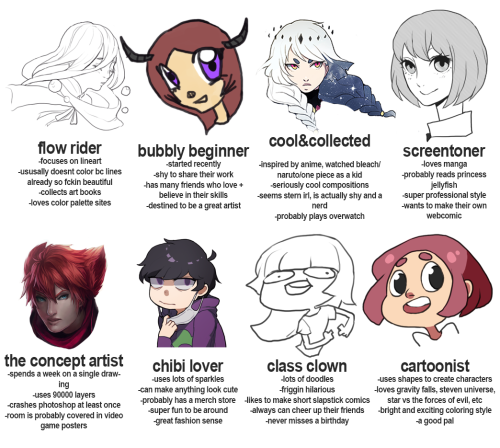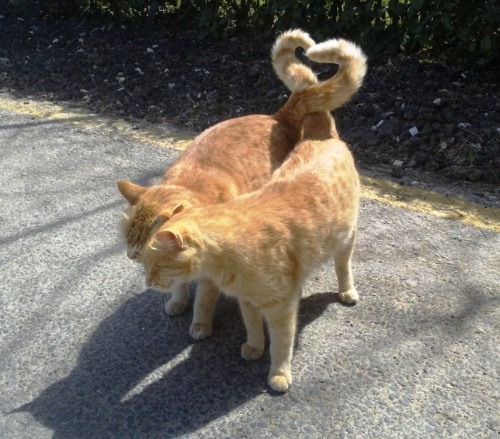K2-SO: Rogue One? Yes I Know Them, Especially *looks Down At Smudged Writing On Hand* Gym Irkso
K2-SO: Rogue One? Yes I know them, especially *looks down at smudged writing on hand* Gym Irkso
More Posts from Thelonecloudseeker and Others




ELI SHOWED ME A COOL THING where it generates a skeleton in various angles for you !!!!!!
Let me tell you about my panda mini-washer

As an apartment dweller, this is a game changer. My current apartment doesn’t have a laundry facility and the closest Laundromat about a 30 min bus ride which is just not practical. The mini-washer is a life saver
The panda mini washer hooks up to the sink, is incredibly lightweight (about 28 pounds, so light even I can lift it) and easy to use.

It has a surprisingly large capacity. The basket from the first picture represents about one and a half loads. The jeans took up a whole load while the rest filled the bin only half way.

Here’s the inside. The left is the washer the right is the spin dryer. Yes, it even drys.

Basically you shove your cloths into the washer, fill it up with water and let it go. I use my shower head to fill it up so it goes faster, the sink hook up took about five minutes to fill the whole tub, with the shower head is is down to a minute an a half. I do it in three wash cycles, a five minute rinse with baking soda, a five minute wash with soap and a three minute rinse with water. You have to drain and refill between each cycle so it’s a little more labor intensive than a traditional washer.

That’s the spin dryer. It’s about half the capacity of the washer so one wash takes about two loads to dry. The spinner is much more effective than I was expecting. A three minute spin gets my cloths about 90% dry. I hang them up to air dry for that last 10%.
The machine cost me about 150$. When you factor in two dollars for the bus, five for the machines (per week), the mini-washer pays for its self after only about six months worth of laundry.
I’m not great at expressing emotion, but I’m hoping you can tell how excited I am. Let me just say that the panda mini-washer is great and I highly recommend it to anyone currently using a Laundromat.

reblog and make a wish! this was removed from tumbrl due to “violating one or more of Tumblr’s Community Guidelines”, but since my wish came true the first time, I’m putting it back. :)
you have been visited by the seven magic dragon balls your biggest wish will be granted but only if you reblog

ninjago watchers I need yo help. I wrote a fanfic and I need someone to help beta read it if they have time.
Webcomic tips
In the conclusion for now, some things I’d really recommend doing if you’re seriously considering making a webcomic (or really a comic in general). Some of these don’t really apply to strips or gag-a-day type of comics, but I’m not talking about those here.
1. Write down ideas\sketch stuff, LEGIBLY. “I’m gonna remember it later” NEVER works. And if you scribble it somewhere on a piece of paper, you’d better scan it or retype in one doc later, because tiny notes always get lost among other doodles in my skethbooks.

(i know it’s hard to keep everything clean and organized, but this mess is just not productive)
If your project is a collaboration, save your conversations. If you’re working alone, make a blog for your ramblings. You have no clue what tears of relief I cry when I open that blog and rememeber I don’t have to painstakingly look through my heaps of sketchbooks and folders for a tiny idea I’m not even sure I wrote down a few months ago.
2. Inspiration folders, or even better, inspo blog with tags also help with collecting and remembering ideas. Color schemes, landscapes, style inspirations, atmospheric stuff, maybe some photo references, all those neat things.

3. Basic tier: character design sheets. Top tier: common poses, expressions. God tier: outfits they wear throughout the comic. Holy cow tier: turnaround sheets for all those outfits.

(I’d die trying to find good pages for references without these)
4. If you haven’t finished detailing the plot, don’t even think about moving on to drawing the comic. You’re gonna regret it when you come up with a really cool plot element that can’t be incorporated anymore because you’ve already drawn all the parts you could’ve tweaked.
5. Don’t just define the plot, make a script. Writing down the lines and the brief description of the actions serves me fine:

(notice that I approximately divided the pages & the text that’d go to each panel on a page)
6. Hard mode: make thumbnails for all the pages, if possible. At least whenever a new chapter starts.
7. If your story involves some convoluted chronology shenanigans, you’d better write down the events of your timeline in the chronological order.
8. Backgrounds. You can’t avoid them, bro. Like half of the comics are backgrounds, especially if your story involves a lot of adventuring and looking around. I know it hurts, but you’ll have to become friends with them. Read some tutorials, practice on photos, go out and sketch some streets, use 3d programs (like Google Sketch) to understand the perspective, use sites like houseplans to visualize your buildings better, I don’t know. Just be prepared for their imminent evil.
9. If you’re drawing digitally, pick a brush size for the lines and stick with it. You don’t want your lines and detail levels to look all wonky and inconsistent in different panels. And I don’t mean the cool stylistic varying lines, I mean this:

Also, things on the background should have thinner and/or lighter lines to avoid distraction. Usually less details too, unless you’re making a busy background with a simple foreground to help it pop out. Or wanna draw the attention to an object on the bg.

10. Readable fonts. Even if you chose to ignore people with poor sight or dyslexia, the majority of your readers aren’t gonna be excited about struggling to decypher this:

Also, as much as I love my black speech bubbles, colorful text on black still kinda hurts the eyes. I wouldn’t recommend doing that for all the characters. Black speech bubbles are usually used for creepy, inhuman voices. And yes, having a colorful outline in this case helps.
11. Probably newsflash, but did you know that panels have their place, order and functions? They do! My favourite thing ever is how I used panels when I was like 12:

(comics ain’t rocket science, but this one is)
The composition of the panels and word balloons always serve for a better reading experience. They guide your eyes over the page, so that you never feel lost or confused. The images in the comic equal frames in a movie, so it’s pretty damn important in what order you look at things and how quickly you can understand what’s going on!

(Eric Shanower & Scottie Young’s Wizard of Oz)
12. One update a week is fine for testing waters. Don’t overestimate yourself, especially if you have a pretty busy life outside it. A stable comic that updates slowly, but regularly is better than an unpredictable erratic one. You can always pick up the pace later, if you feel confident enough.
13. Try to always have a buffer - a couple of pages in reserve. If you’re making the pages much faster than you’re updating, this shouldn’t be a problem. But if those paces are equally the same, it’s goddamn HARD. But on the other hand, if something happens and you skip an update, those come in handy.
If you’re looking at this list and thinking “wow that’s a LOT of work”, you’re totally right. And it’s okay to be intimidated at first! But that’s why it’s important to start with something small. Once you get the formula down, these things will be natural to you.
-
 babinoplasty liked this · 7 years ago
babinoplasty liked this · 7 years ago -
 rhaenysbloodofoldvalyria liked this · 8 years ago
rhaenysbloodofoldvalyria liked this · 8 years ago -
 djetan9282 liked this · 8 years ago
djetan9282 liked this · 8 years ago -
 alexia-achiles liked this · 8 years ago
alexia-achiles liked this · 8 years ago -
 thelonecloudseeker reblogged this · 8 years ago
thelonecloudseeker reblogged this · 8 years ago -
 rogue-be-with-you reblogged this · 8 years ago
rogue-be-with-you reblogged this · 8 years ago
A personal main blog for my own amusement and possibly future art
93 posts







